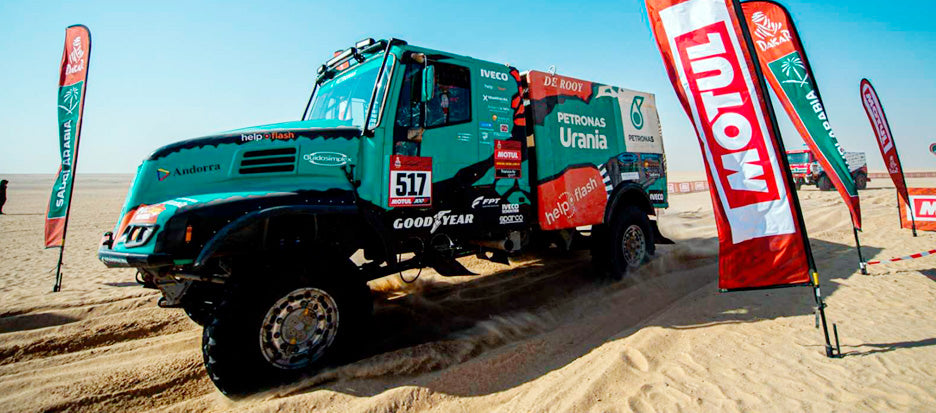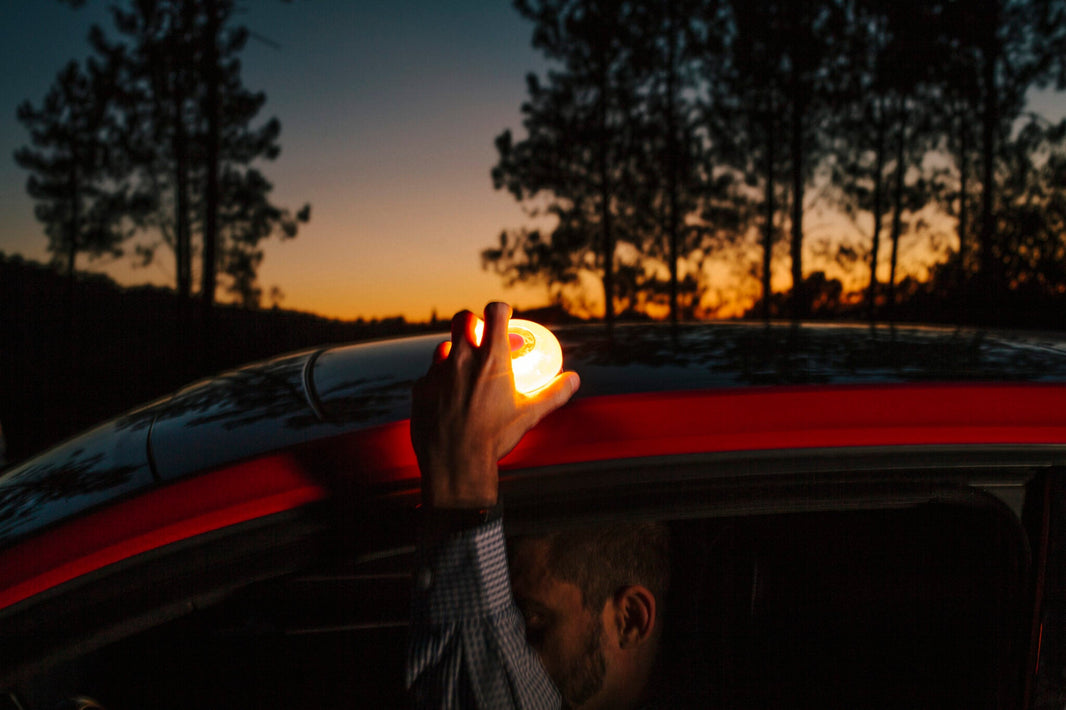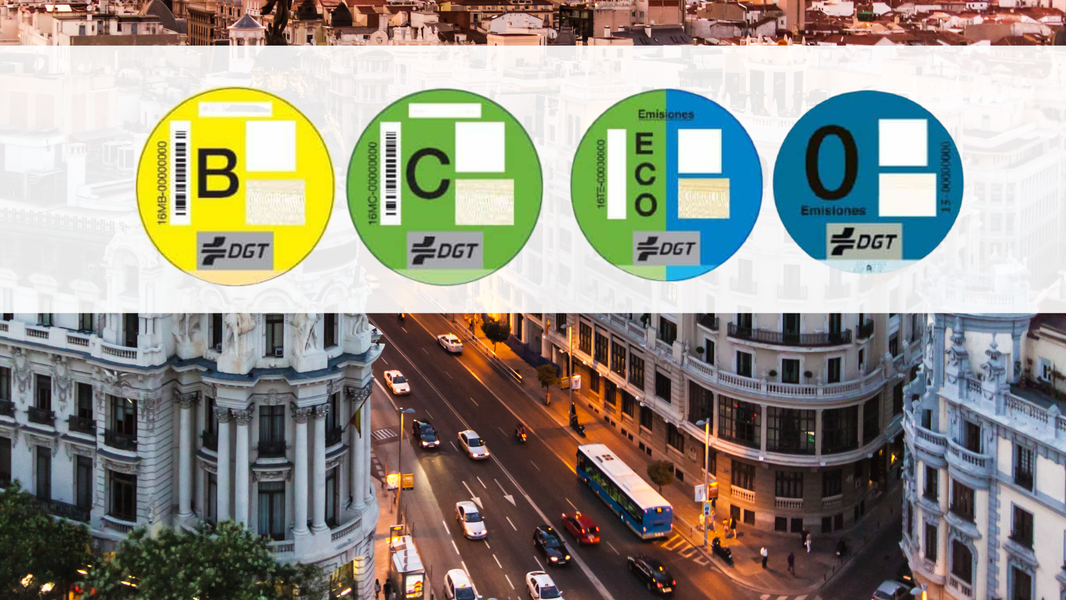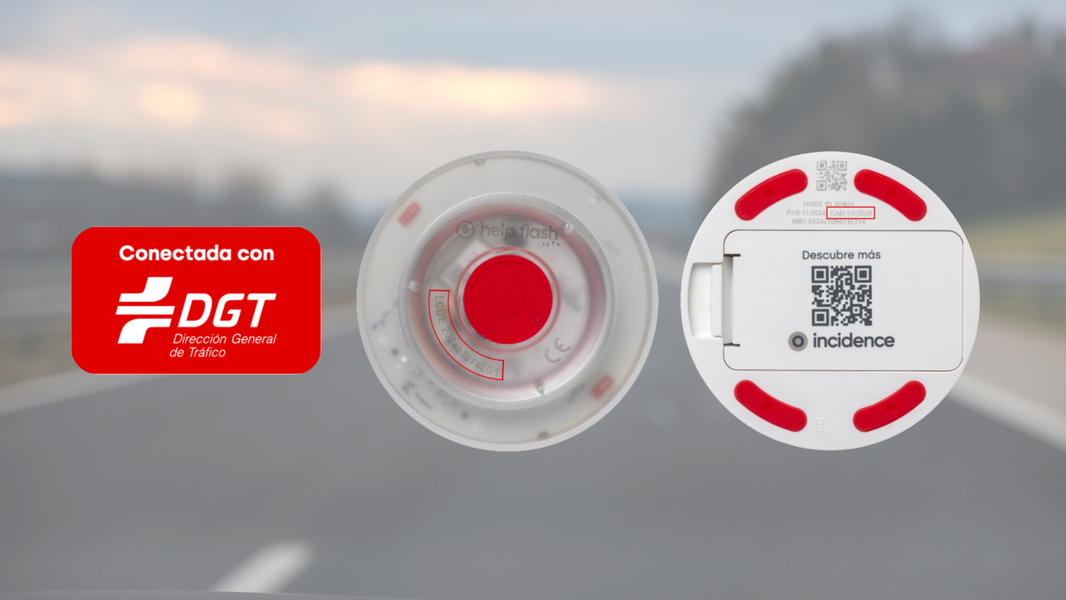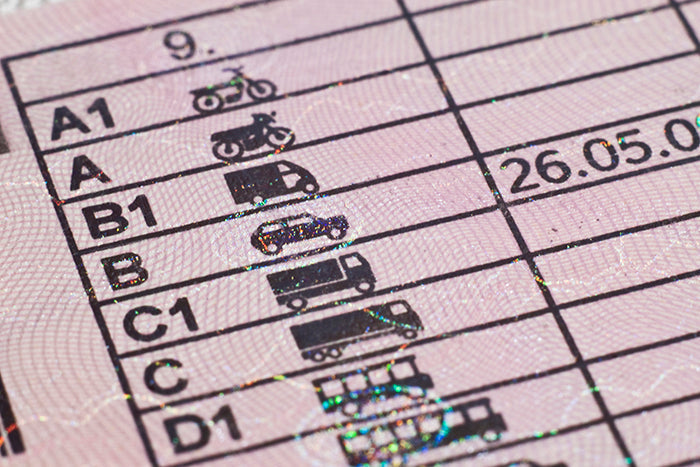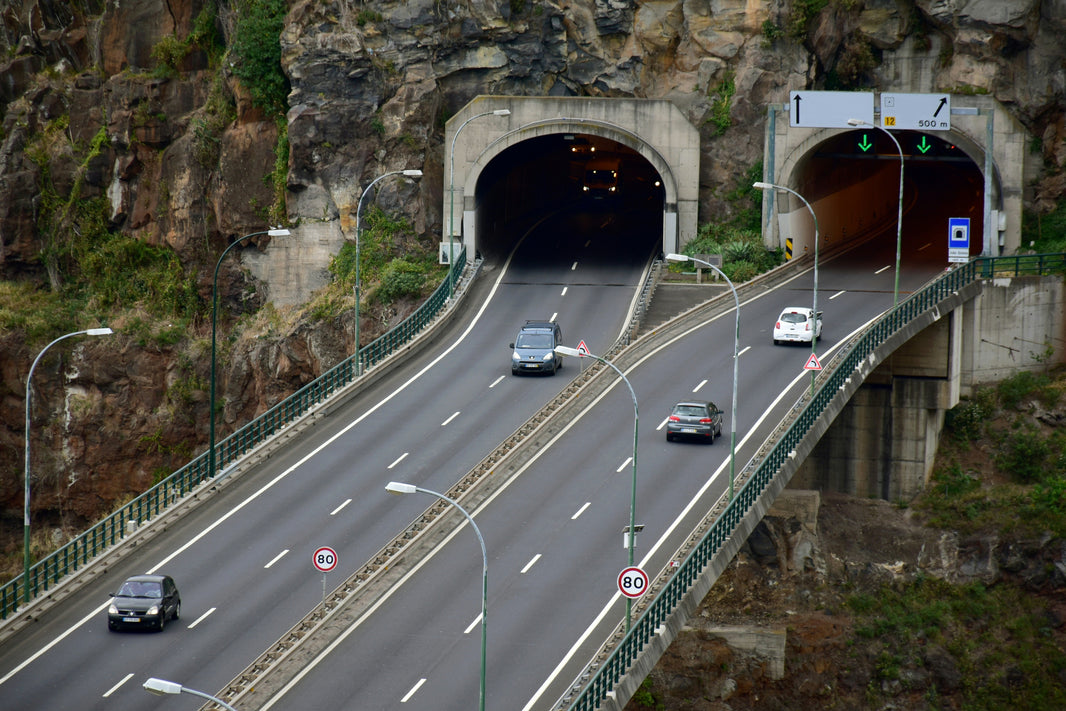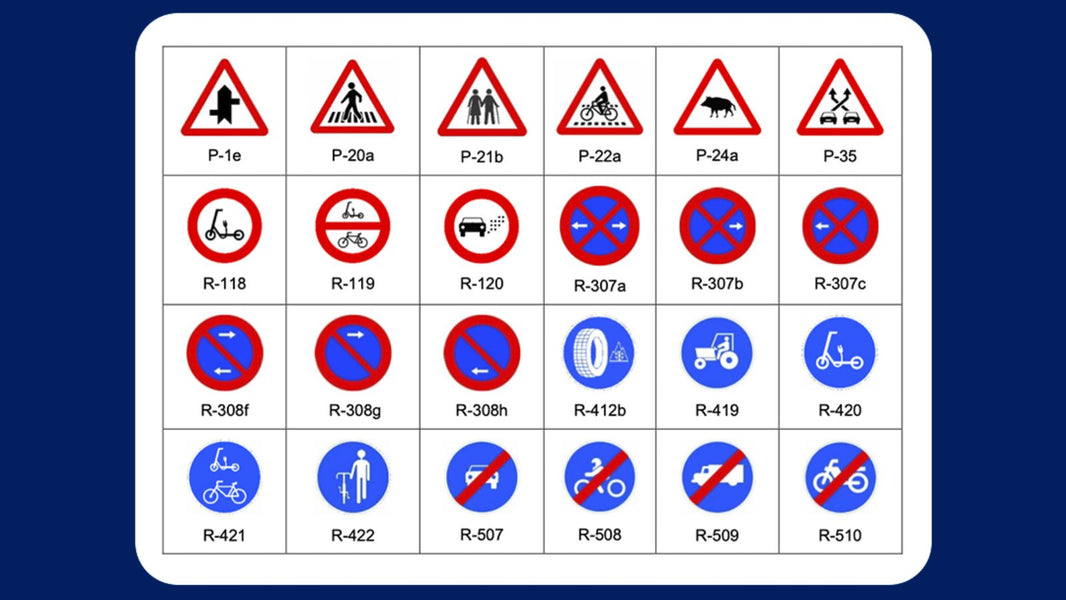It's been a freezing night at the camp.
Albert, who sleeps in a tent, was very cold and woke up freezing, and Marc, who worked late, was more sleepy than cold.
After yesterday's good stage result, we set off early, 8:21 on a 50-km liaison to complete the marathon stage. This means that the assistance teams won't be at the camp tonight, so if we break anything, we won't be able to replace it if we don't have it with us.
The next two stages will be the ones that make the difference in this first Saudi Dakar, dune stages in the dreaded "empty quarter," a place where there is only sand and oil wells.
Today, we were given our Road Book 15 minutes before departure. We set off heading 116 degrees north for a 27-km stretch, straight through dunes, sand dunes, and valleys. Good pace, with speed, we soon overtook some cars.
At km 50, the truck's noise changed, a clear sign that something isn't working as it should.
At the same time, the driver and co-driver asked Marc what had happened. After a few seconds of analyzing the situation and the parameters on his screen, he issued the diagnosis: The turbo has broken!
A few minutes later, with the hood already raised and tools ready, our teammate Becx appeared, loading, among other spare parts, a replacement turbo. So he left it for us on the sand and they left.
Obviously, to tinker with the engine you have to raise the cab, and after consulting with Albert, we decided that he would be strapped in and stay inside the cab, tilted a few degrees forward in a not-so-comfortable position.
The alternative was to take it off the truck and endure the intense cold and sandy air of the Saudi desert. We had the spare turbo and we had Marc, so what could go wrong? To begin with, there was an intense and icy wind blowing which, being in the dunes, moves grams of sand, making working outdoors quite unpleasant. Then, when we started to disassemble the turbo, a slightly worn Allen key rounded off the head of one of the screws, which made the task much more complicated, not least due to the limited tools available. Marc tried everything he could to loosen the screw, using a cold chisel and hammer, and finally using the battery-powered mini grinder we had strapped to the cabin to cut the screw. With the turbo burned out, installing the new one hasn't been easy either, as the pipes had to be replaced to adapt it to our truck. I tied the old turbo over the spare tire and we gathered the tools. These are in two aluminum boxes that are inserted into an iron frame and run on iron angles that act as guides. We removed the boxes without any problems, but when we went to put them back inside, we realized that the frame was broken by the welds, it was out of square, and we weren't able to get one of them in, so it was stuck next to the turbo. Throughout the operation, which took just over two hours, we had a TV crew filming us like monkeys at a fair.
We continued the stage along sandy tracks, small dunes, and old tracks built to connect oil wells, which are in relatively good condition despite the sand invading the track in some places.
At km 220, we took a road heading east, neutralized. Upon reaching the end of the neutralization, we were informed that, from that point on, the stage had been canceled for safety reasons. Apparently, there have been several serious motorcycle accidents, the media-related helicopters were already occupied, and the weather conditions were not ideal for helicopter flights.
From that point we made a 130 km road link to the camp In the end, we were lucky because the prospect of the middle of the stage with the largest dunes at night didn't look very promising.
Gas i xampany!!! Ferran Marco
